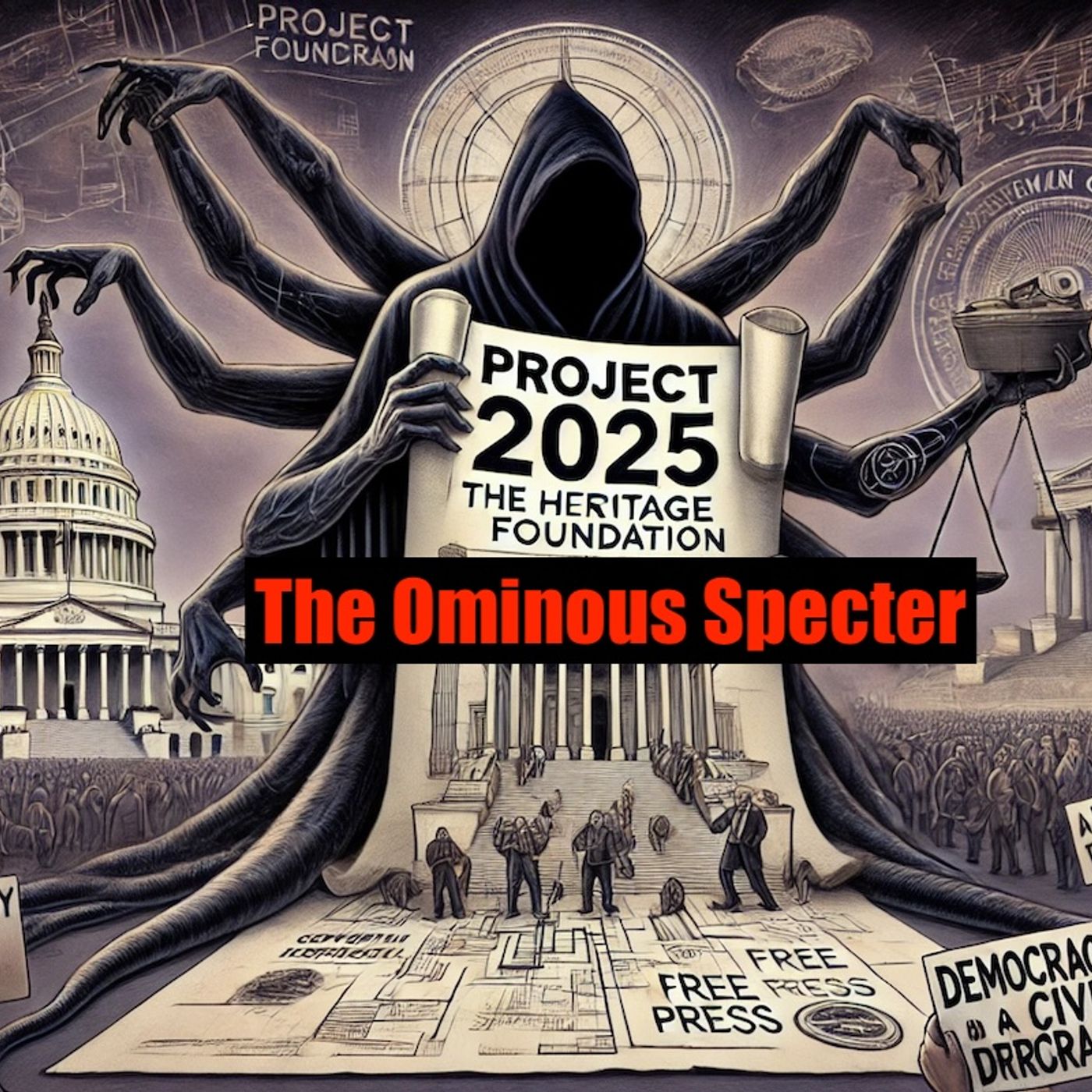
Contentious Economic Proposal "Project 2025" Sparks Debate Over Worker Protections and Rights

Project 2025: The Ominous Specter
Shownotes Transcript
Project 2025 is a significant policy proposal currently under discussion within political circles, designed by a cohort of at least 140 advisers and supporters. The proposal has drawn substantial attention during the ongoing presidential campaign, as it outlines a detailed framework aimed at reshaping the American economy and workforce by the year 2025. While it is intended as a roadmap for economic revitalization, it has also sparked debate and concern regarding its potential impacts on American workers.Supporters of Project 2025 present it as a comprehensive plan to enhance economic growth, create jobs, and ensure global competitiveness. They argue that the proposals within the document focus on reducing regulatory burdens, incentivizing innovation, and lowering taxes to encourage business expansion and employment. Advocates suggest that by fostering a business-friendly environment, Project 2025 will spur productivity and create a more robust job market.However, critics of the plan, including various labor organizations and social policy analysts, argue that Project 2025 poses serious threats to worker protections and rights. Concerns have been raised particularly about provisions that may potentially undermine labor unions, roll back workplace safety regulations, and erode wage growth. Detractors warn that such measures could lead to a deterioration of working conditions and increase income inequality, effectively creating a "nightmare" scenario for many American workers.One key aspect of Project 2025 under scrutiny is its approach to deregulation. The document purportedly includes steps to significantly reduce the regulatory oversight of industries, which is hailed by supporters as necessary for cutting bureaucratic red tape. However, opponents argue this may lead to negative consequences for both employees and consumers, as regulatory standards are often critical for ensuring fair practices and safety within workplaces and industries.Another contentious area is the project's stance on labor laws and worker benefits. Critics assert that the initiatives might involve scaling back union power and reducing labor standards, which have historically been instrumental in securing workers’ rights and improvements in pay, benefits, and work conditions. The fear is that, without these safeguards, employees may be left vulnerable in an evolving job market, destabilizing the security that has been built over decades.Despite the controversy, Project 2025 remains a focal point in political discourse, particularly among those concerned with the future of the American workforce. As the presidential campaign progresses, discussions about Project 2025 are likely to intensify, with various stakeholders weighing in on the feasibility and desirability of its proposals. Its potential implications for economic policy, employment, and social equity will likely remain topics of significant interest and debate.As the nation confronts the challenges of the 21st-century economy, the outcomes of these discussions could influence legislative and policy directions that will shape the work environment for years to come. Whether Project 2025 is ultimately implemented or modified, its introduction underscores the ongoing and urgent need to address economic and labor issues critically and comprehensively in a rapidly changing world.
